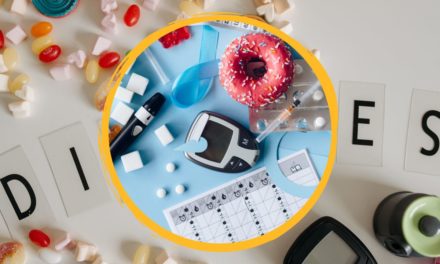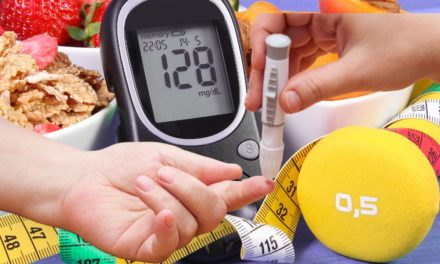Titled “Red Flags: Recognizing the Signs of Low Sugar,” it will provide information on recognizing the symptoms of low blood sugar. Low blood sugar, also known as hypoglycemia, occurs when your blood glucose (sugar) level drops below normal. It is a common condition in people with diabetes, but it can also affect people without diabetes.
It’s important to recognize the symptoms of low blood sugar because it can be a potentially life-threatening condition if left untreated. Some signs and symptoms of low blood sugar include:
1. Shaking and Dizziness:
Feeling shaky, light-headed, or unsteady can be a sign of low blood sugar.
2. Sweating:
Excessive sweating, especially when not related to physical exertion or hot weather, can be a sign of low blood sugar.
3. Appetite:
A sudden and intense hunger or craving for food, especially something sweet, can indicate low blood sugar.
4. Weakness and Fatigue:
Feeling weak, tired, or fatigued even after plenty of rest can be a sign of low blood sugar.
5. Restlessness and Irritability:
Low blood sugar levels can trigger mood changes, causing feelings of restlessness, irritability, or panic.
6. Confusion and difficulty concentrating:
Having trouble concentrating, feeling confused, or having trouble completing tasks can be symptoms of low blood sugar affecting brain function.
7. Headache:
Low blood sugar can sometimes cause headaches or migraines.
8. Fading:
Vision problems, such as blurred vision or double vision, can occur when blood sugar levels drop too low.
9. Rapid heartbeat:
A fast heart rate or palpitations may be experienced during episodes of low blood sugar.
10. Light Skin:
Low blood sugar can cause pale or clammy skin.
It’s important to note that these symptoms can vary from person to person, and some people may experience different symptoms of low blood sugar. It’s also worth noting that symptoms of low blood sugar can develop quickly and worsen if not addressed promptly.
If you or someone you know experiences these symptoms and you suspect low blood sugar, it’s important to take immediate action. Consuming glucose or fast-acting sources of sugar such as fruit juice, glucose tablets or candy can help raise blood sugar levels quickly. If symptoms persist or worsen after these measures, seeking medical attention is advised.
It’s always a good idea for people with diabetes or people at risk for low blood sugar to work with their healthcare provider to develop a personal plan for managing low blood sugar episodes. This may include regular blood sugar monitoring, dietary adjustments, medication management, and understanding individual triggers of low blood sugar.
Finally, recognizing the symptoms of low blood sugar is critical to prompt intervention and prevent potentially serious complications. Being aware of red flags and taking appropriate action can help individuals effectively manage their blood sugar levels and maintain their overall health and wellness.










